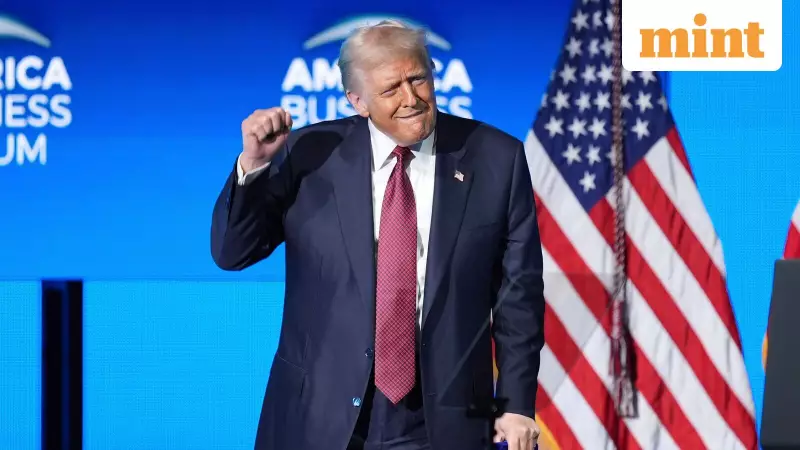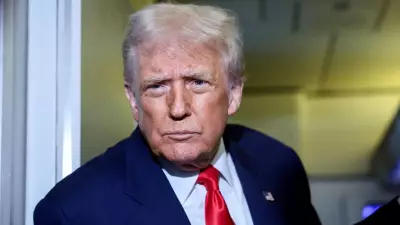
Former US President Donald Trump's ambitious proposal to provide Americans with a $2,000 tariff dividend faces significant financial hurdles, with recent analysis revealing the plan could cost approximately $600 billion each year. This staggering figure emerges as experts examine the feasibility of Trump's latest economic promise made during his campaign.
The $600 Billion Price Tag
According to a report by USA Today citing the non-profit Committee for a Responsible Federal Budget, the proposed $2,000 payments to American citizens would require $600 billion annually from government coffers. This amount presents a substantial fiscal challenge, particularly when compared to expected tariff revenues.
The analysis becomes more concerning when examining the revenue side of the equation. The tariffs announced under the Trump administration are projected to generate only $300 billion per year, according to Fortune magazine. This means the dividend program would cost double the revenue generated from the proposed tariffs, creating a significant budget shortfall.
Understanding Trump's Tariff Dividend Proposal
While President Trump hasn't provided detailed specifications for his tariff dividend plan, analysts have drawn comparisons to previous stimulus measures. The report suggests the proposal would likely follow a similar structure to the COVID-19 stimulus payments distributed to Americans during the pandemic.
The 2020 stimulus framework included payments for individual taxpayers earning up to $75,000 annually and $150,000 for joint income filers. Trump specifically mentioned that high-income individuals would be excluded from receiving the $2,000 dividend, though exact income thresholds remain unspecified.
In a recent post on Truth Social, Trump vigorously defended his tariff approach, stating: "People that are against Tariffs are FOOLS! We are now the Richest, Most Respected Country In the World, With Almost No Inflation, and A Record Stock Market Price. 401k's are Highest EVER."
Legal Challenges and Supreme Court Scrutiny
The tariff proposal faces not only financial obstacles but significant legal challenges. On November 5, the Supreme Court heard arguments during which multiple justices expressed skepticism about the legality of Trump's tariff policies.
Judges questioned whether emergency laws grant the president "near-limitless power" to establish and modify import duties. Chief Justice John Roberts notably raised concerns about whether tariff revenue essentially functions as taxes, which he stated have "always been the core power of Congress."
The legal case centers on Trump's April 2 "Liberation Day" tariffs, which impose taxes ranging from 10% to 50% on most US imports based on their country of origin. The administration justifies these measures as necessary to address the nation's persistent trade deficit.
Trump has warned that a negative court ruling would be a "disaster" for the United States. Bloomberg reported that if the tariffs are struck down, refunds could exceed $100 billion, creating additional financial complications for the proposed dividend program.
Broader Economic Implications
The $600 billion annual cost of the tariff dividend program represents a substantial commitment amid already concerning national debt levels. Trump himself acknowledged the country's $37 trillion enormous debt while promising the dividend payments.
Despite the financial challenges, Trump remains optimistic about the nation's economic prospects, citing record investment and numerous new plants and factories being established across the country. However, economists continue to debate whether tariff revenues can realistically support such an extensive dividend program without increasing the national debt or requiring alternative funding sources.
As the 2024 election approaches, the feasibility and economic impact of Trump's tariff dividend proposal will likely remain a central topic of discussion among policymakers, economists, and voters alike.





